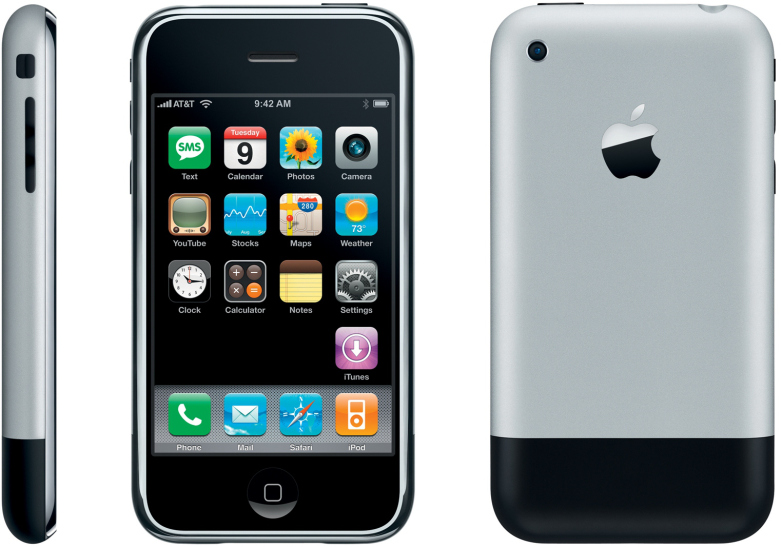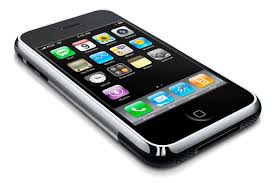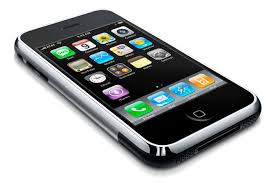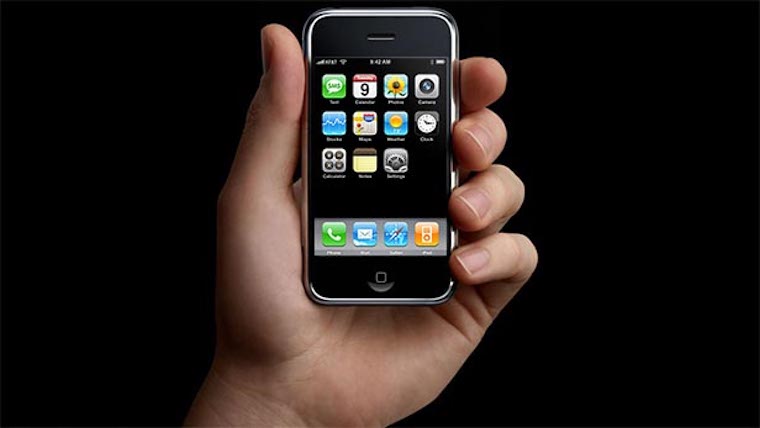The App Store has been around for quite a few years, and during the existence of this virtual store of applications for iPhone and iPad, a huge number of all kinds of applications have been added to it. At first, however, it seemed that Apple was not going to make its iPhones available to third-party developers. In today's weekend history article, let's reminisce about how third-party developers were finally allowed to create iPhone apps.
It could be interest you
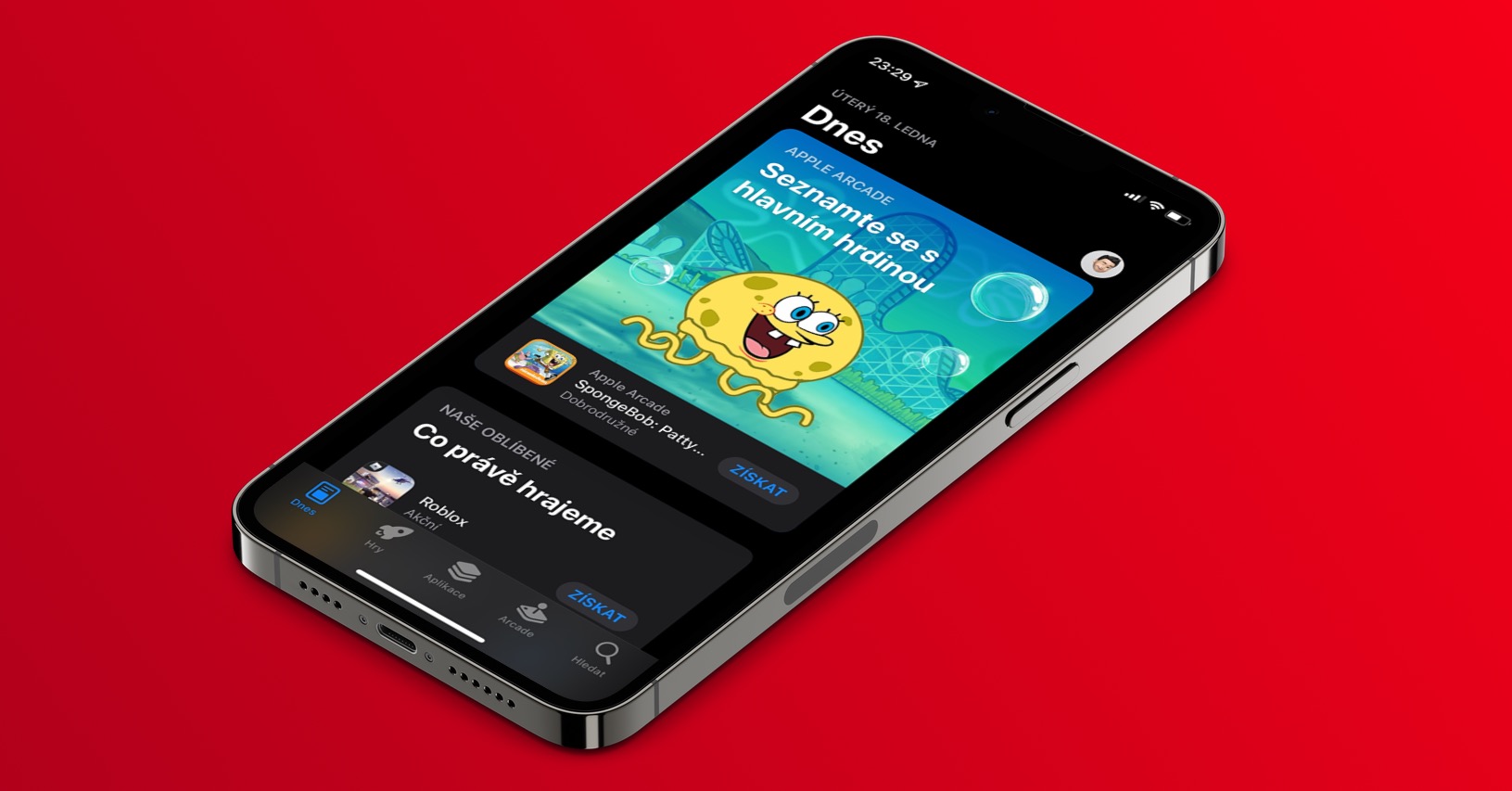
Jobs vs. App Store
When the first iPhone saw the light of day in 2007, it was equipped with a handful of native applications, among which, of course, there was no online software store. At that time, the only option for developers and users was web applications in the interface of the Safari internet browser. The change came only in early March 2008, when Apple released an SDK for developers, finally allowing them to create applications for Apple smartphones. The virtual gates of the App Store opened a few months later, and it was immediately clear to everyone that this was definitely not a wrong move.
The first iPhone lacked an App Store at the time of its release:
Developers have been calling for the possibility of creating applications practically since the release of the first iPhone, but part of the management of the App Store was strongly against it. One of the most vocal opponents of the third-party app store was Steve Jobs, who, among other things, had concerns about the security of the entire system. Phil Schiller or board member Art Levinson were among those who lobbied for the App Store, for example. Eventually, they were able to successfully convince Jobs to change his mind, and in March 2008, Jobs was able to famously announce that developers would be able to create apps for the iPhone.
There's an app for that
The iOS App Store itself was officially launched in early June 2008. At the time of its launch, it contained five hundred third-party applications, 25% of which were free. The App Store was an instant success, boasting a respectable ten million downloads in its first three days. The number of applications continued to grow, and the existence of the App Store, along with the ability to download third-party applications, also became one of the topics of advertising for the then-new iPhone 2009G in 3.
The App Store has undergone a number of visual and organizational changes since its launch, and has also become the target of many critics - some developers were annoyed by the excessive commissions charged by Apple for in-app purchases, while others called for the possibility of downloading applications from sources outside the App Store as well , but Apple will most likely never access this option.
